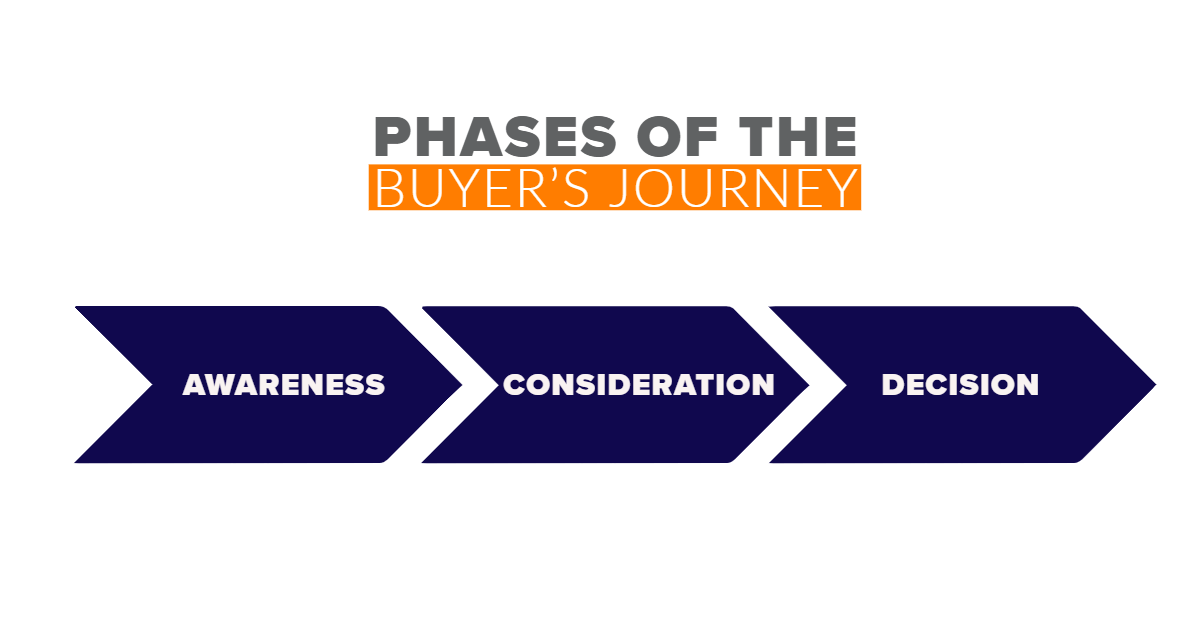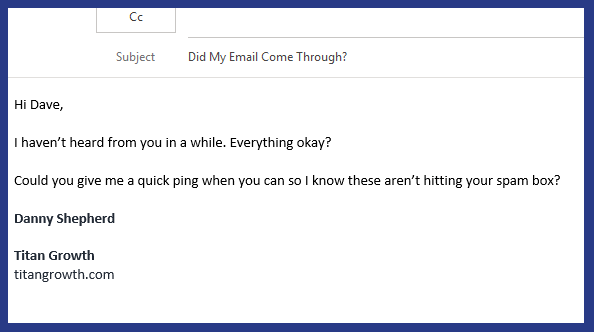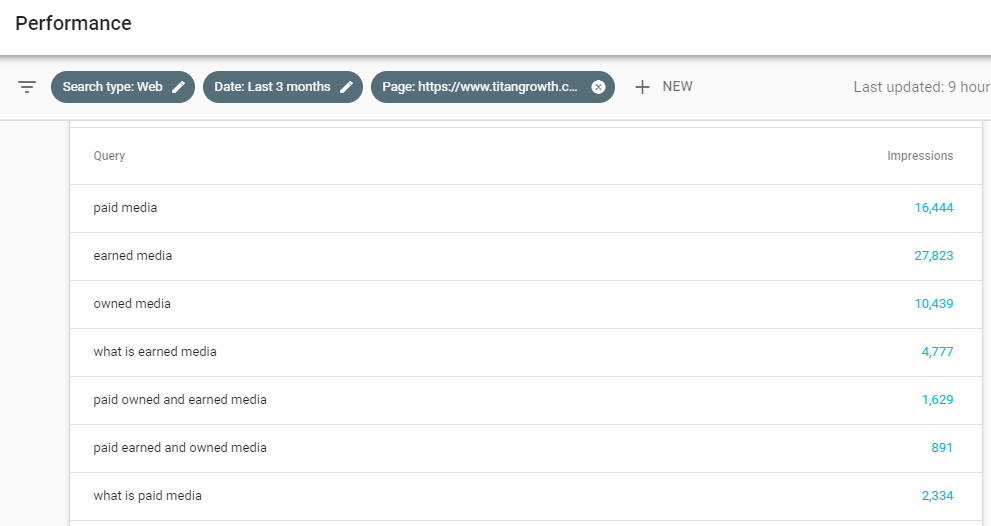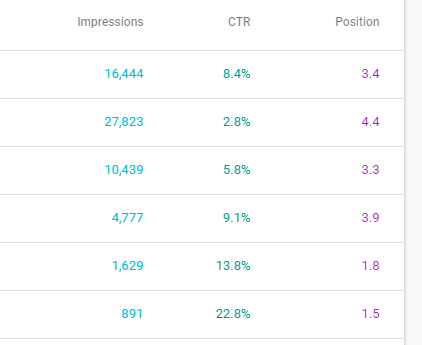It’s Halloween time and there’s nothing scarier than being ghosted…
You found the perfect match with all the right assets. They seem to be the persona of your dreams. So, you shoot your shot and reach out. You got a response!
You enthusiastically suggest a phone call. Then, nothing. You leave a voicemail, or five… you don’t want to come across as too desperate. You even enrolled them in your best drip. But despite your efforts… radio silence.
You my friend, have been ghosted.
While this may sound like the woes of the dating the world, if you’re in marketing or sales, you know this scenario all too well.
How Can You Prevent Ghosting?
First, let’s talk about two different categories of leads:
SQL vs. MQL
The ideal lead is a SQL (Sales Qualified Lead) meaning they are qualified, and they are currently interested. These leads are typically ready and willing to hear what you have to say and may be interested in moving to the proposal stage.
The truth is, a lot of qualified leads are MQLs (Marketing Qualified Lead). They may be qualified, but they’re just not quite ready to entertain your offerings.
Why is this important?
Because the needs of these two types of leads are vastly different!
Meet Them Where They’re At
SQLs and MQLs can oftentimes be grouped into the same pool of ‘qualified’ leads when in reality, they are in completely different phases of the buying journey.
 While SQLs may respond well to persistent sales outreach, that approach may make an MQL run for the hills.
While SQLs may respond well to persistent sales outreach, that approach may make an MQL run for the hills.
If a lead isn’t showing interest, perhaps they need more nurturing. Or maybe a lead is interested, but would like a follow up next quarter. Segment your leads based on actions, engagements, qualifications and/or responses to get a better understanding of where they are in the buying cycle.
Then, meet your leads where they’re at and refine the messaging they receive. Customizing your messaging can help greatly improve response rate.
The Reality Is…
No matter how valiant your efforts and how customized your messaging, ghosting happens. It just does. Leads can go cold at any stage in the process and you may or may not ever know why.
So, Do We Just Forget About Them?
No! Taking time to find leads and qualifying them is painstaking and expensive. Even after being ghosted, there is still a ton of value in these leads!
Here we break down the three major types of ghosters and what techniques on how to re-engage cold leads/ghost leads:
1. Hook, Line and Ghosted
Things were getting steamy with this lead. You were about to close the deal, then seemingly out of nowhere they stop responding. What happened?
Leads who go cold late in the game have typically had a change of heart. Maybe they chose to go with another agency or bring their efforts in-house. Perhaps budget got pulled, or worse, there was something they didn’t like about your offerings. And unfortunately, when they ghost you, you’re left reeling to understand the reason why.
The good news is, this lead was interested. With a reminder, or even longer-term nurturing, it’s possible they could be interested again in the future.
Goal:
With leads who were further along in the process, the primary goal is to get them back on track. Or at least get them to open up about the reasons they’re not committing so you can respond to their concerns.
- Use re-engagement tactics 1,2 & 3 below
2. From Giddy to Ghosted
Maybe you and your lead were just getting to know each other. A few emails here and there, slight hope and innuendos. Then before anything even had a chance to develop, they go cold.
It can be tough to discern the MO of an early stage ghoster. Were they entertaining the possibility of getting in deeper with you – or just being polite?
Either way, you did get some response and that indicated interest.
Goal:
Leads who have engaged in some capacity have shown interest. The goal with these leads is to get a better idea of where they are in the purchase funnel so you can further customize your messaging.
- Use re-engagement tactics 1,2 & 3 below. If there is any indication of ‘not interested right now’ or ‘we are in a contract with another agency’, engage a nurture drip.
3. Ghosted from the Get-Go
Your reach out attempts go unanswered. Is there even a person behind that email address or are you writing to a brick wall? What went wrong? Is it them? Is it you? How do you get the opportunity to find out…?
Especially in cold outreach campaigns, unresponsive leads are not atypical. In fact, no-response is often the norm. As marketers and salespeople, we’re attuned to getting the cold shoulder. However, these leads are still valuable. They may just require more time and nurturing. And although these leads have a longer TTC (time to close), the vaster your lead pipeline, statistically, the more leads you will close eventually.
Goal:
Staying top of mind is the name of the game with unresponsive leads. There is a lot of value in a database of leads, even if they are unresponsive. Stay in front of them so if they do become interested, they remember your name.
- Use re-engagement tactic 4
Re-Engagement Tactics:
Re-Engagement Tactic #1: The ‘Assuming You Didn’t Receive the Email’ Email
We all get busy, inboxes get flooded, life and family matters pop up and things can get lost in the shuffle. And although you have a sneaking suspicion that might not have been the case, using this technique can offer a non-threatening and lighthearted way to elicit a response and give your lead the benefit of the doubt.

Re-Engagement Tactic #2: The ‘Specific Ask’
The specific ask is a voicemail or email (preferably both) where you ask a specific question with the goal of getting some sort of response.
Any response is the goal here. If you get some engagement, even if it is to close the file, then at least you have succeeded in possibly re-opening a line of communication.

Re-Engagement Tactic #3: The Alternative
Find an alternative point of contact at the company and reach out. Let them know you were in talks with their colleague and see if they can point you in the right (or different!) direction.
This is a fresh new person and they may be more willing to get back to you. You may also find out that your contact has been reassigned or has been out of the office for an extended period and you weren’t in the loop.

Re-Engagement Tactic #4: The Nurture Drip
The nurture drip comes in all types of flavors, but at its heart, it is a non-salesy email campaign designed to keep your company top of mind. Typically, nurture drips are informational in nature and offer content, tips and resources that your ICP (Ideal Customer Persona) would find valuable.
Nurture drips can be basic or very sophisticated depending on your lead base, as well as your own resources.
The takeaway is to enroll your unresponsive leads in some sort of ongoing nurture campaign, so if they do become interested in your services, you’ll be the one in front of them – not your competitor.
It may be the spookiest time of the year, but ghosting happens all year long. The scariest part? Losing out on potential value by letting unresponsive leads go cold.
You’ve already toiled to find these leads, so continue making attempts to re-engage them throughout their purchase journey. With some persistence and a solid nurture plan, you may just bring some of these ghosts back to life.










